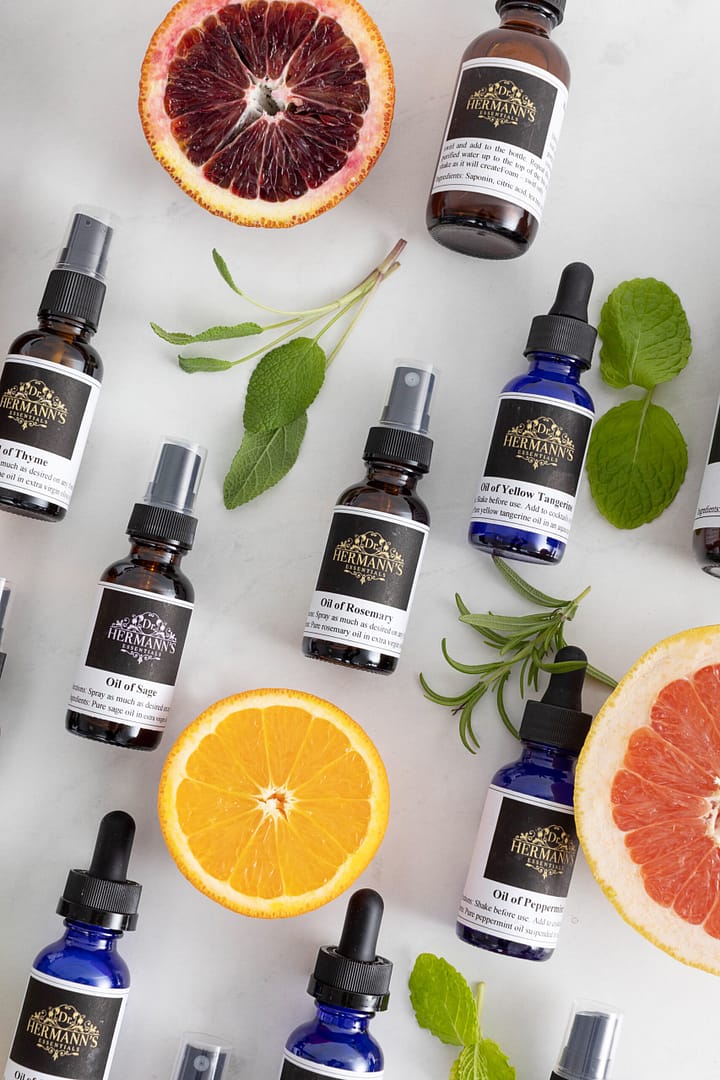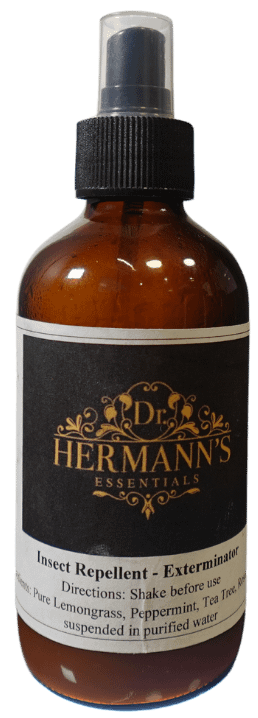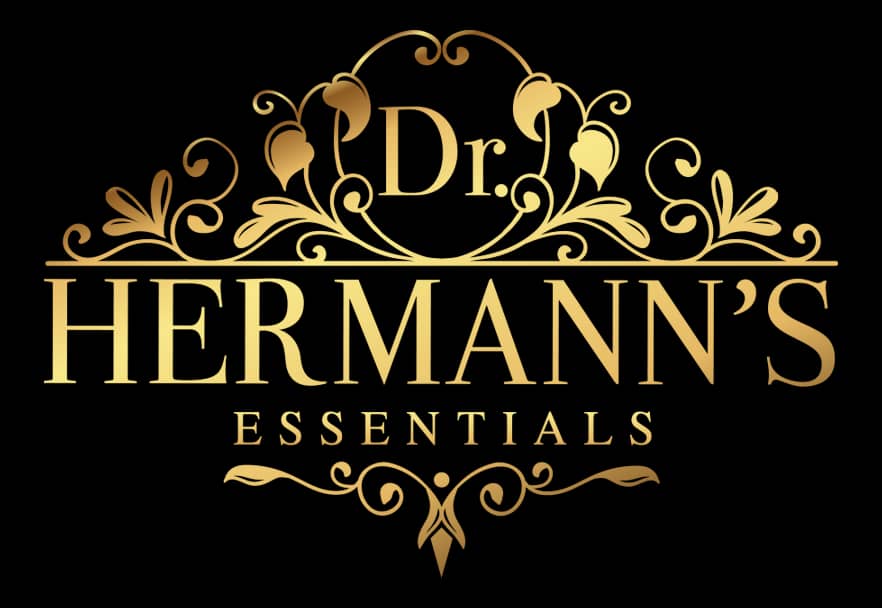With the warmer season approaching, we see an increase in flying or crawling and stinging insects. A way to protect ourselves my from insects’ bites/stinges and prevent the aggravating consequences of redness, swelling and itchiness, it is recommended to use insect repellent.
Insect repellents do not kill insects and they are distinct from insecticides which are intended to kill insects. Both are also different regarding their mode of action, chemical properties, and their intended use.
Insecticides can kill insects directly or through their effect on the insects’ eggs and larvae. They are complex chemical entities including organochloride such as the well-known DDT (dichlorodiphenyltrichloroethane), organophosphates, carbamates, neonicotinoids, phenylpyrazoles, butenolides, and diamides. Insecticides are widely used in agriculture and in the prevention of insect-borne illness such as malaria, dengue fever, and Zika.
Some insect repellents are also insecticides, but repellents simply repel insects and make them flying or crawling away. Like insecticides, insect repellents help prevent and control the outbreak of insect-borne diseases such as malaria, Lyme disease, dengue fever, bubonic plague, river blindness, and West Nile fever. In addition, they prevent the subsequent reactions to an insect bite at the bite site like swelling, redness, itchiness, and pain.
There is a distinction between synthetic, chemical-based repellents and natural repellents. Synthetic repellents contain chemicals like N,N-Diethyl-meta-toluamide (DEET), icaridin or ethylbutylacetylaminopropionate (IR3535). Natural repellents are neem cream, a crème containing the oil of the plant Azadirachta indica and total plants or parts of plants like oregano, parsley, lemongrass, basil, and mint. In addition, the essential oils of these plant which are more concentrated than the plants are used as insect repellent. In general, synthetic chemical insect repellent need to be reapplied less frequent than insect repellent derived from natural sources.
Most common insect repellents contain DEET or permethrin found in the plant Chrysanthemum cinerariifolium, which is related to dandelion in addition to picardin, bioUD, and IR35352, all chemicals. However, there are insect repellents on the market with natural ingredients like geraniol and essential oils of rosemary, cinnamon, lemongrass, and peppermint. The intended use of the conventional insect repellents is for clothing, gear, tents, the human skin, and plants. Only a small fraction of the commercially available insect repellents contains nature products. A selection of conventional insect repellent and their composition and use is shown in Table 1.
Table 1: Composition of Conventional Insect Repellent
| Brand Name | Ingredient(s) | Concentration1 | Nature Class | Use |
| Sawyer Premium insect repellent | Permethrin | 0.5 | Chemical | Clothing, gear and tent |
| Off | DEET | 25.0 | Chemical | Topical on skin |
| Cutter | DEET | 25.0 | Chemical | Topical on skin |
| Repell 100 | DEET | 98.2 | Chemical | Topical on skin |
| Ecosmart insect repellent | Geraniol | 1.0 | Nature product | Topical on skin |
| Rosemary oil | 0.5 | |||
| Cinnamon oil | 0.5 | |||
| Lemongrass oil | 0.5 | |||
| Insect and Pest Control | Peppermint oil | 4.0 | Nature product | Plants |
1Concentrations are expressed in percent weight by weight.
In contrast, Dr. Hermann’s Essentials insect repellent is only made up by natural products, food-derived stabilizer and plant-derived emulsifier and essential oils of peppermint, tea tree, lemongrass, and rosemary. The intended use of Dr Hermann’s Essentials insect repellent is not the skin, it is to be sprayed on surfaces anywhere in the house, kitchen, bathrooms, living or family room, basement, attic, garage, trash can or outside on the deck, furniture on the deck, and plants. Dr Hermann’s Essentials insect repellent could probably be used on the skin, but it has not been tested yet and was tested only in a few cases. However, the best way to find out, spray a small quantity on to your skin and see if you show any ski reaction(s). Without any skin reactions it is safe to be used on the skin. In case of a skin reaction, do not use and talk to your health care provider.. The composition of Dr Hermann’s Essentials insect repellent is shown in Table 2.
Table 2: Composition of Dr Hermann’s Essentials Insect Repellent – Exterminator
| Ingredient(s) | Concentration1 | Nature Class |
| Rosemary oil | 0.4 | Nature product |
| Tea tree oil | 0.2 | Nature product |
| Lemon grass oil | 0.4 | Nature product |
| Peppermint oil | 0.4 | Nature product |
| Ethanol 80% | 3.2 | Nature product |
| Emulsifier and stabilizer | 2.4 | Nature product |
| Purified water | 93 | Nature product |
1Concentrations are expressed in percent weight by weight.
The use of Dr Hermann’s Essential insect repellent – exterminator has shown that it is effective against numerous insects including ants by only using natural ingredients. If you have any questions regarding this product or any other Dr Hermann Essentials products, please feel free to contact us either by phone 484-593-7064 or send us an email to info@drhermannessentialoils.com. Any feedback is very much appreciated.







